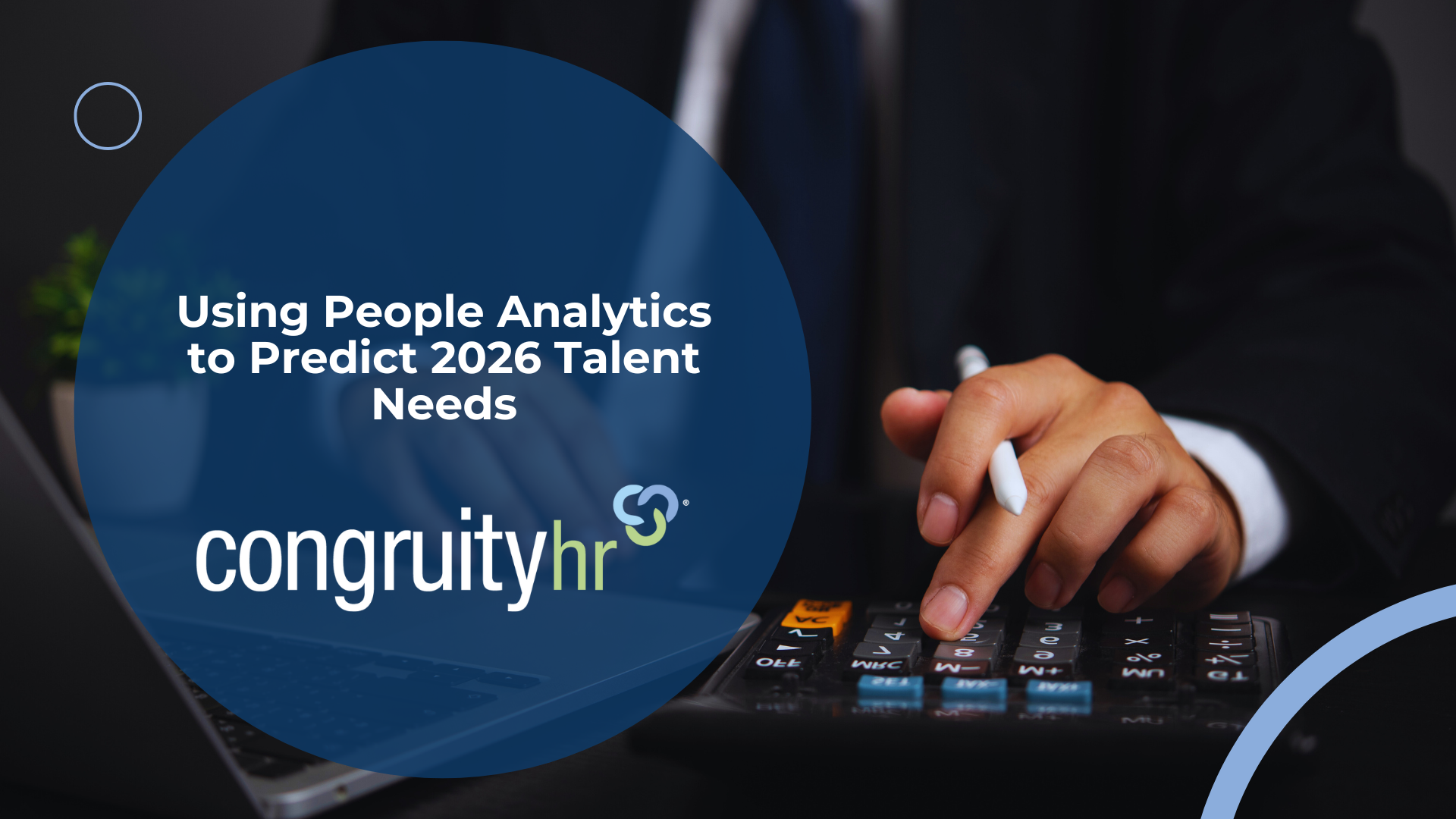Top HR Outsourcing Company Congruity:
As organizations prepare for 2026, HR’s role is becoming increasingly predictive. Traditional workforce planning is giving way to data-driven strategy — where People Analytics helps leaders anticipate skill gaps, forecast hiring needs, and build agile, future-ready teams.

Today’s HR leaders rely on insight, not instinct. Predictive analytics transforms workforce data into foresight, helping companies model future talent needs and align resources with business goals. Data doesn’t just explain what’s happening — it helps plan what’s next.
Predictive models can spot emerging skill shortages as automation and AI reshape job roles. By analyzing training participation, performance, and career progression, HR teams can identify where to upskill or reskill — ensuring capability growth before gaps appear.
Analytics reveal which roles face the highest turnover risk, allowing HR to plan recruitment proactively. Predictive tools can also highlight traits of top performers, improving quality-of-hire and retention. Likewise, data can flag early signs of disengagement so teams can act before attrition occurs.
Aligning talent data with business priorities transforms HR into a strategic growth partner. Predictive analytics enables smarter decisions about workforce design, development, and investment — turning data into a roadmap for long-term success.
At CongruityHR, we believe People Analytics is about empowering people, not just measuring them. Our solutions help organizations turn workforce data into actionable intelligence — giving HR leaders confidence to make informed, future-focused decisions that drive success in 2026 and beyond.
As 2026 approaches, organizations that embrace data-driven workforce planning will be the ones best positioned to adapt, innovate, and thrive in an evolving business landscape.
Ready to simplify your entire HR experience? Give us a call at 866-703-8834.